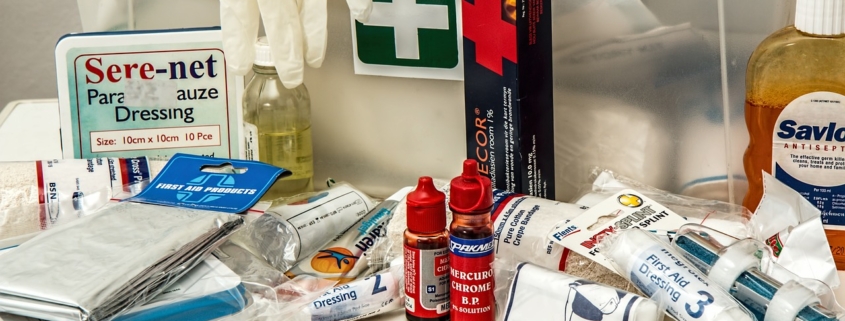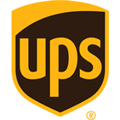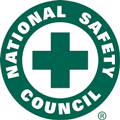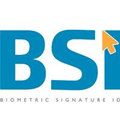The ULTIMATE How to: Multiple SHTF Emergency Kits & How to Build Them
This is somewhat of a selfish article. I’ve been procrastinating on completing my already robust emergency preparedness kit arsenal. I have a number of kits for certain purposes, all designed to be thrown in the back of the Yukon, or on the backs of my family. So, with some winter downtime, coupled with the absolute tragic events of the earth being on fire, and the overall extremes of climate change and political strife, I thought it was time to list out, update and upgrade my preparedness. And so this article is for me first, and then for you, dear reader, to get off your dupa, and prepare for what I consider the inevitable.
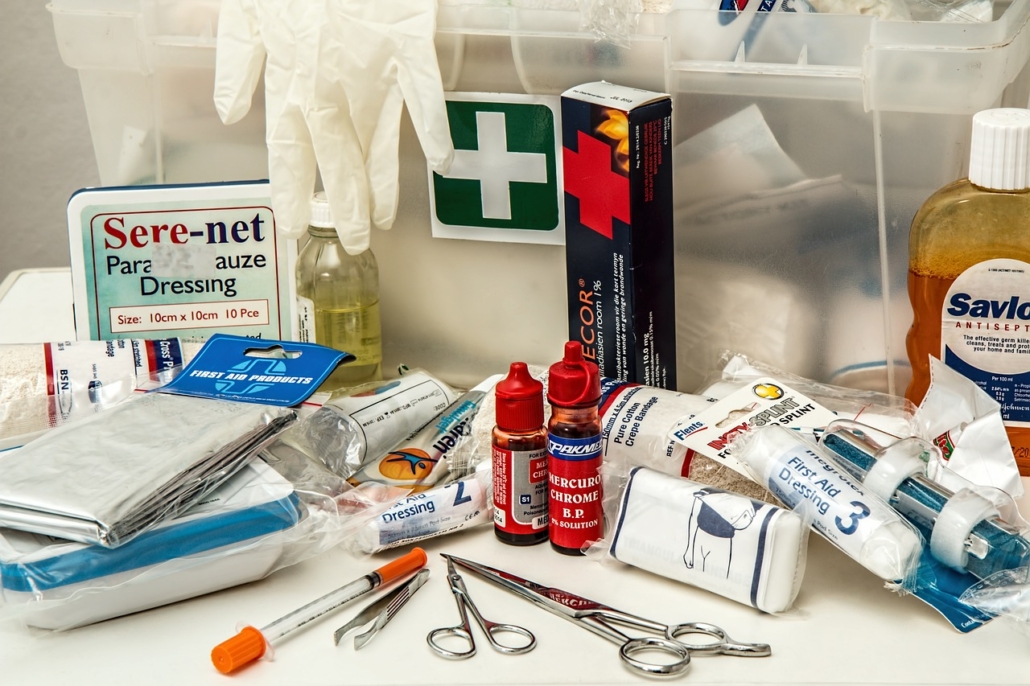
Emergency kits also known as:
- Survival kit
- Disaster kit
- Preparedness kit
- Go bag
- Bug-out bag (often used for more serious emergencies)
- Get-home bag (for emergencies that may require you to leave work or another location)
- First aid kit (though this is a specific component of a larger emergency kit)
The primary purpose of an emergency kit is to provide basic necessities and support for individuals and families during a disaster or unexpected emergency. And as they say, if you fail to prepare, then you’ve prepared to fail. This is one of my many axioms in life.
Here’s a breakdown:
Increased Self-Reliance: An emergency kit empowers you to become more self-reliant during a crisis. You’ll have access to essential supplies without relying solely on external assistance, which may be delayed or unavailable during emergencies.
Improved Safety and Well-being:
- Medical Emergencies: First aid supplies can address minor injuries, while medications ensure access to essential prescriptions.
- Natural Disasters: Kits can provide shelter, warmth, and communication tools during power outages, severe weather, or other natural disasters.
- Personal Emergencies: They can be helpful during unexpected events like car breakdowns, evacuations, or unexpected power outages.
- Reduced Stress and Anxiety: Knowing you have a well-stocked emergency kit can provide comfort, and a a sense of peace of mind and reduce anxiety during stressful situations.
Essentially, an emergency kit is a proactive measure to enhance your safety, security, comfort and well-being during unforeseen circumstances. These emergency kits can consist of backpacks, which I have a number of filled to the brim, and large plastic containers like the 27 gallon totes that I can pull from if we are sheltering in place. If I have to, or need to drive/escape, I can throw in the bins/backpacks in the back of my truck. I probably have six of these right now filled with all kinds of stuff.
Emergency kits can be broken down into a bunch of categories. Keeping in mind we are all different with different needs. My philosophy has always been that these kits are insurance, that requires a small financial investment, that you’ll hopefully never have to cash in. It’s kind of like buying firearms and firearm ammunition, that you never plan on extensively shooting, with the hope that you can pass down for generations.
The most essential categories for a well-rounded “go bag” or emergency kits include:
Water & Food:
- Water: Bottled water, water purification tablets, and a water filter. Having a few 2.5 gallon jugs to throw in the car is good too. If we are sheltering in place, consider the blue food grade 55 gallon drums filled with water. I have 4.
- Food: Non-perishable items like canned goods, dried fruit, energy bars, and protein powder. Consider items that can sit for years, like dehydrated foods that require adding water and still be consumable in the worst case scenario.
First Aid & Hygiene:
- First Aid Kit: Include essentials like bandages, gauze, pain relievers, Vaseline, antiseptics, antibiotics, and any necessary personal medications.
- Hygiene Items: Toothbrush, toothpaste, soap, hand sanitizer, feminine hygiene products (if applicable), toilet paper and wet wipes. Lots of wet wipes! If you have girls, lots of girl stuff.
- Think of a time when you were miserably sick or in a lot of pain, and what medicines you had access to that provided you comfort and relief. Get lots of whatever that is.
- I load up on all of this stuff all year long and just keep throwing it in a bin.
Shelter & Warmth:
- Warm Clothing: Include layers like a jacket, hat, gloves, and socks.
- Some type of dry, warm, waterproof boot.
- Emergency Blankets: Lightweight, reflective blankets can provide warmth.
- Tarp or Poncho: For temporary shelter from the elements.
- I have entire bins for camping which include tarps, tents and cooking gear, which includes small bottles of propane in case we need to live outside for an extended period of time.
- Mr. Heater, portable heat. Google it, these are propane heaters that will provide warmth whenever, wherever. Just be careful using them indoors. I have a bin specifically with a variety of Mr. Heater heaters for certain purposes.
Communication & Navigation:
- Flashlights: With extra batteries or a hand-crank option. Get plenty of headlamps.
- Battery-powered radio or NOAA Weather Radio: For emergency broadcasts and news updates.
- Whistle: For signaling for help.
- Compass: For navigation if necessary.
- Cell phone and charger: Keep your phone charged and consider a portable charger.
- Lots of batteries, portable solar panels with cables.
- Two way radios and take out the batteries and leave aside in case they leak. Load up on the Baofeng UV-5R Dual Band Two Way Radios. For under 20 bucks each, these little things are a miracle.
Important Documents:
- Copies of important documents: Driver’s license, insurance cards, medical records, bank information, and any other essential documents. Our passports are always updated and ready to go.
Tools & Other Essentials:
- Multi-tool or pocketknife for various tasks. Razor blades, scissors, knives etc. Pliers, adjustable wrenches, wire cutters, and bolt cutters. There isn’t a fence or a gate that I will not be able to cut through.
- Rags, if you have the room, maybe paper towels, duct tape, electrical tape, rope, twine, and bungee cords. Versatile for repairs and securing items. Every so often, I throw a bunch of wire coat hangers in the bin. I hope I never find a use for them.
- Hatchet, ax and hammers. Allen wrenches, torque wrenches, and. various tools to service vehicles, and or firearms.
- Plastic bags of all sizes, plastic containers of all sizes.
- Cash and change: lots of one’s, fives, tens and 20s. Keep some readily available for emergencies.
- Matches, a lighter, fire starter: In a waterproof container.
- Grab a bottle or two of whiskey and vodka every year and put it away. This can serve as a sterilizer, but also for bartering.
Self defense kit:
- Loaded magazines for the various firearms you might possess. Extra boxes of ammunition in various calibers.
- Necessary holsters, belly bands, and battle belts to carry various firearms and magazines. Rifles should have a sling. Consider bullet proof vests or plate carriers. If you shop it, you can get a good plate carrier with level three plates for under $150 each. If all of this is out of your comfort-zone, that’s fine, but you may want to saddle up with somebody like myself if this isn’t your game. But make sure you have something to barter!
- Ear and eye protection.
- Throwing knives, tactical pens, pepper spray and I’m a fan of knuckle type devices. Anything you can carry in your hand that can cause blunt force trauma.
- I have a tool kit specifically to service firearms with all the necessary spare parts, and Allen wrenches etc.
- The idea on all of the above is that you never need any of it. I’d rather have it and not need it and pass it on to my loved ones who have it and don’t need it ever.
Remember:
- Personalize your kits: Consider your specific needs and potential risks in your area.
- Regularly review and update: Check your kit regularly, replace expired items, and adjust it based on changing needs and circumstances.
- Practice: Conduct a “practice drill” with your family to familiarize yourselves with your kit and how to use it in an emergency.
This list is designed to inspire you. These are the basics plus a bit more. Some of you will agree, some of you definitely won’t agree, and that’s fine too. Some of you will have your own requirements. This article’s purpose is to provide a solid foundation for building multiple effective emergency kits. It’s better to have all of this and never need it and pass it on to those who hopefully never need it. Feel free to add some comments.
Robert Siciliano CSP, CSI, CITRMS is a security expert and private investigator with 30+ years experience, #1 Best Selling Amazon author of 5 books, and the architect of the CSI Protection certification; a Cyber Social Identity and Personal Protection security awareness training program. He is a frequent speaker and media commentator, and CEO of Safr.Me and Head Trainer at ProtectNowLLC.com.

